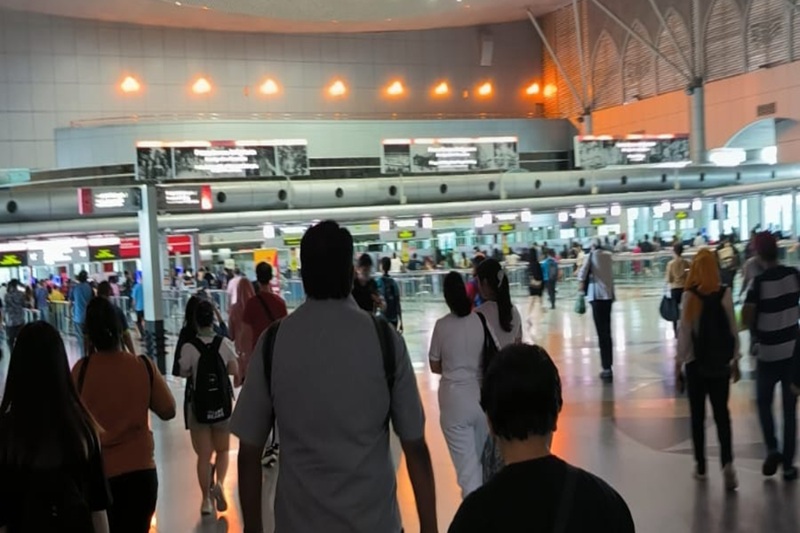
(C): Twitter
How Are Europe’s Border Rules Changing in 2025?
The European Union will make two significant digital systems, ETIAS (European Travel Information and Authorisation System) and EES (Entry/Exit System), available starting in October 2025 to modernise border control across Europe. These developments apply to travellers arriving in Europe from visa-exempt countries, specifically Thailand, Singapore and Malaysia.
What Is the Entry/Exit System (EES)?
Biometric checks (facial scans and fingerprints) will replace the manual stamping of passports through the EES. The EU will use this data to track entry and exit and enforce the 90/180 day rule to limit the length of stay, eliminate identity fraud and provide travellers with a quicker pass through the border control. All non-EU short-term visitors must register through the EES when they arrive in the EU, including Southeast Asian visitors.
What Is ETIAS and Who Needs It?
ETIAS is a compulsory pre-travel authorisation for citizens of visa-exempt countries. You will need to apply online before you fly, and you simply need to enter your personal and passport information. No biometrics will need to be submitted when you apply for an ETIAS. Once approved, the ETIAS is valid for 3 years or until your passport expires.
What’s Changing for Thai, Singaporean and Malaysian Travellers?
Travellers from each of the three countries will still have visa-free access but must:
1. Give biometrics using EES at the border beginning October 2025
2. Apply online for ETIAS approval prior to departure starting late 2025.
This now adds an additional digital step but eliminates paper and extensive waits.
What Should Travellers Do to Prepare?
Verify passport validity, ensure awareness of launch dates and apply for ETIAS early to prevent delays. Digital authorisation and biometric checks will accompany every future trip to Europe.







